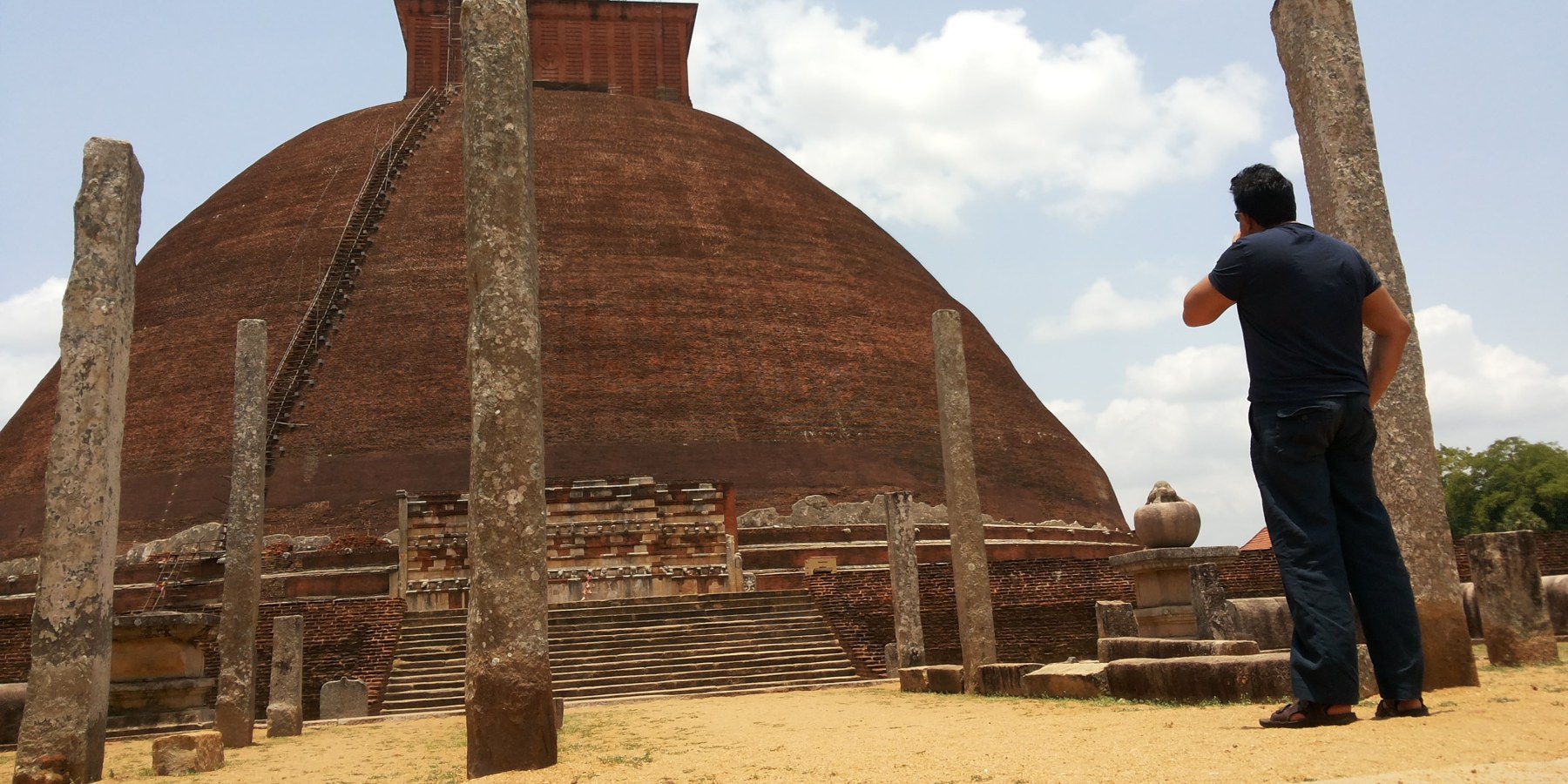
Anuradhapura was the first capital of Sri Lanka established in the 4th century BC. It was the royal capital for 119 successive Singhalese Kings and lasted for about thousand five hundred years. Many historic monuments and buildings still remain in the acres of this sacred land, and now it is UNESCO World Heritage site. Anuradhapura was the cradle of glorious Sinhalese Buddhist civilization. The pride of place in Anuradhapura was taken by the ancient stupas and ancient reservoirs. Towering stupas (dagobas) of stupendous domes, the marvels of ancient civil engineering, were built having taken into the account the effects of lightening on high rise constructions, among numerous other engineering factors. The vast rainwater reservoirs built by crossing rivers with enormous dams and controlling the outlets with "Bisokotuwa" (Sinhala: Queens enclosure-no entry, of course) valve pits (sluice gate), extend lifeline to Anuradhapura district to date.
Among the other tourist attractions at Anuradhapura are magnificent rock carvings of monumental richness and remarkable grace; colossal stone pillars that stand proud amidst the ruins of royal palaces, Buddhist monasteries and temples; magnificent stone cut swimming pools of sophisticated hydrology.
The splendors of ancient Anuradhapura was narrated in great length by Fa-Hien, the famous Chinese Buddhist scholar pilgrim, who spent two years in Anuradhapura copying the Vinaya Pitakaya (Sinhala: Book of Discipline) of Theravada Buddhism at the end of the 4th century. The Roman historian Gaius Plinius Secundus (23 AD - August 25, 79 AD) has recorded the descriptions of the city of Anuradhapura made by Annius Plocamus, who had visited Anuradhapura during the reign of Sinhalese King Sadamuhunu (Chanda-Mukha-Siva) (44 AD- 52 AD).

